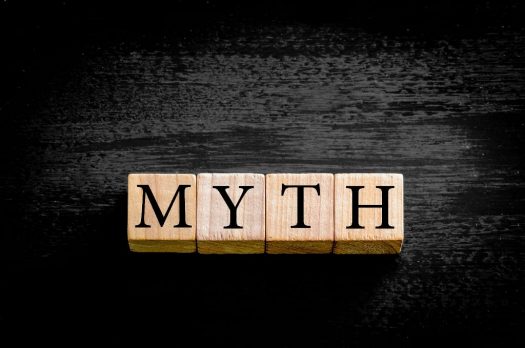This is the third part of a three-part blog series. Click here to read part one and here to read part two.
Education professionals desire quality resources and information related to dual language learners. In order to provide that, we reached out to Elizabeth D. Peña, Ph.D. at the University of California, Irvine. Dr. Peña, a certified Speech-Language Pathologist, is a professor in the School of Education. She is also an American Speech Language Hearing Association Fellow. Her research focuses include bilingualism, language impairment, language development, and assessment bias & measurement. In this three-part blog series Dr. Peña hopes to answer your questions and help dispel common myths.
- Speaking more than one language to a child can confuse them, so families should be encouraged to choose one language to use with a child.
I hear this one so often; but it is nothing but a myth. Children all over the world speak more than one language, and they don’t get confused. We conducted a study of approximately 1000 preschool kids from monolingual English to monolingual Spanish and all levels of bilingualism. The bilingual children were no more likely to fall in the “risk for language impairment” group than monolinguals.
- Young bilingual children can be delayed in learning language (speech delay) compared to monolingual peers.
If you test bilinguals in only one language, of course they can look delayed. There is work by several researchers who demonstrate this fact. But, when what children know across the two languages is combined, these children look perfectly typical. I reviewed work by Barbara Pearson and Cynthia Core & Erika Hoff on my blog in this post.
- Having two languages hinders communication/language development in young children – in particular children with disabilities, specifically autism.
This is also a myth. Children with language disorders can learn more than one language and they appear to benefit from it as well. What children may lose by having one avenue of communication cut off from them must also be considered (i.e., social and generational connections). Children with developmental language disorder have delays because of the disorder not because of bilingualism. For more on this topic, see this post or refer to this article here.
- The home language should be discontinued for children with disabilities.
My colleagues and I conducted a study of 400 typically developing bilingual children compared to children with developmental language disorders (DLD). The differences between the more monolingual children with DLD and typical children (on the monolingual end) were the same as the differences between bilingual children with DLD and their typical bilingual peers. If anything, the differences between the bilingual children with DLD and their bilingual typical peers were smaller (on some measures) than the differences between monolinguals with DLD and typically developing monolingual children.
Image from Photospin.com/ConstantinStanciu, CC0













